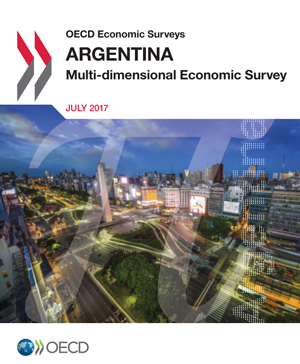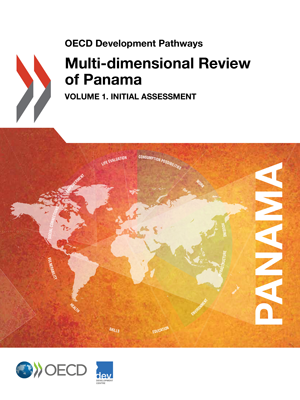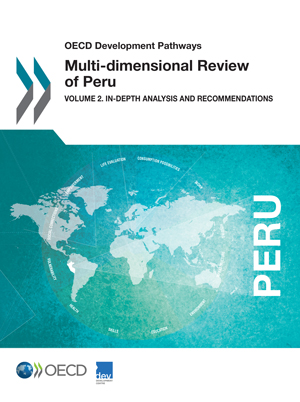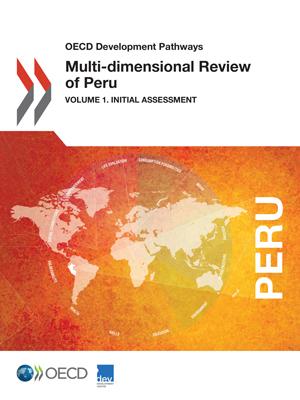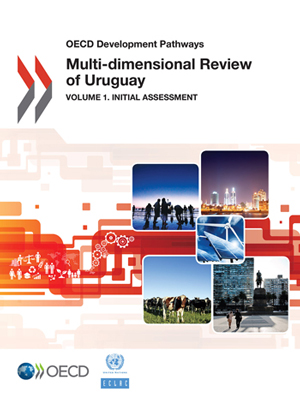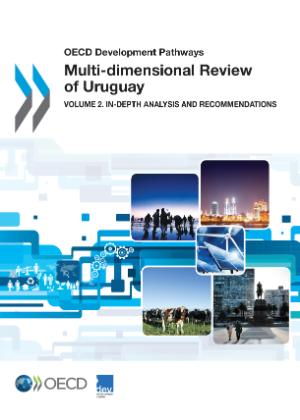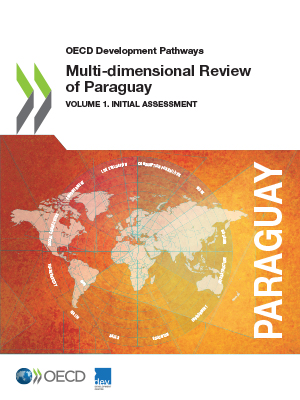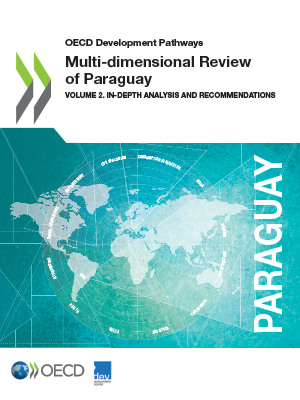|
Multi-dimensional Economic Survey of Argentina Following years of unsustainable economic policies, Argentina has undertaken a bold turnaround in policies, which has helped to stabilise the economy and avoid another crisis. Building on this reform progress should help lay the foundations to raise the material living standards and well-being of all Argentinians, including the most vulnerable. This Survey discusses the challenges ahead and the policy options to address these challenges. Improvements in the areas of regulation on product markets, labour markets, competition, taxes, infrastructure, education, trade policy and financial markets would streghten investment and productivity, which are the basis for sustainable income gains. Some of these reforms will involve adjustment costs as jobs will be lost in some firms and sectors and created in others, but well-designed policies can protect the poor and vulnerable from the burden of adjustment. A current focus on strengthening the social safety net and efforts to improve the quality of education are part of such policies, as is labour market support for affected workers. The benefits of stronger growth will depend on improving the distribution of income, which is currently very unequal and leaves one third of the population in poverty, with more at risk of falling into poverty. Efforts are also underway to reduce inequalities in the access to quality education. Public transfers to reduce inequality and poverty will continue to play an important role, together with stronger efforts to curb labour market informality. |
|
Multi-dimensional Review of Panama - Vol. 1 - Initial Assessment Read the full publication Chapter 1. Overview - Towards further sustainable development and inclusiveness in Panama Press release: in english / en español Estudio multidimensional de Panamá Volumen 1. Evaluación inicial Mensajes Principales |
|
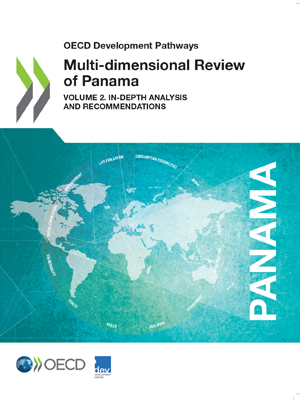 |
Multi-Dimensional Review of Panama - Volume 2: In-depth Analysis and Recommendations Panama has achieved socio-economic improvements in recent decades thanks to strong economic growth and consequent poverty reduction. Its growth model is characterised by a dual economy in which a small number of activities, including those related to the Canal and Special Economic Zones, have exhibited high productivity growth but limited job creation. Panama should now embark on a new reform agenda to become a sustainable and inclusive high-income country. This report urges greater productivity in sectors that contribute to job formalisation to reduce disparities in income and among regions. As developing these policies requires further resources, taxation system and private sector involvement through public-private partnerships should also be reinforced. Focusing on skills and jobs, regional development and development financing, the volume provides analysis and recommendations on three areas which are key for Panama.
Chapter 1: Overview: Towards a sustainable and inclusive high-income country |
|
Multi-dimensional Review of Peru - Vol. 2 - In-depth analysis and recommendations Peru has experienced significant improvements in growth, well-being and poverty reduction since the introduction of macroeconomic reforms, economic openness and more effective social programmes in the 1990s. However, the country still faces structural challenges to escape the middle-income trap and consolidate its emerging middle class. This report reviews the main bottlenecks to boost inclusive development and well-being in Peru. These include education and skills, the labour market, innovation, transport infrastructure and logistics, governance and trust in institutions. These dimensions have considerable implications for levels of productivity, inequalities and labour informality in Peru.
Chapter 1. Overview: Charting Peru’s way to a high income economy with better well-being for all citizens
Press release: in english / en español |
|
|
Multi-dimensional Review of Peru - Vol. 1 - Initial Assessment Peru has experienced significant improvements in growth, well-being and poverty reduction since the introduction of macroeconomic reforms, economic openness and more effective social programmes in the 1990s. However, the country still faces structural challenges to escape the middle-income trap and consolidate its emerging middle class. This report reviews the main bottlenecks to boost inclusive development and well-being in Peru. These include education and skills, the labour market, innovation, transport infrastructure and logistics, governance and trust in institutions. These dimensions have considerable implications for levels of productivity, inequalities and labour informality in Peru.
Press release: in English (Also available en español) |
|
|
Multi-dimensional Review of Uruguay - Vol. 1. Initial Assessment Uruguay has made remarkable progress over the past decade. Stable macroeconomic policies and a favourable external environment have permitted brisk growth and the financing of social policies. Substantial improvements in several dimensions of human well-being have occurred during this period, alongside considerable reductions in external risks. The conditions ahead, however, may present challenges to maintaining performance. Overcoming these challenges will require finding the appropriate balance between long run objectives and macroeconomic and fiscal stability. One of the main obstacles to economic growth is the insufficient and inadequate provision of human capital and skills. A number of challenges remain for education, which, together with fiscal policy, are key means of reducing inequalities and sustaining economic growth. In addition, Uruguay needs to address labour shortages to avoid constraints on future growth, especially as exports become more skills-intensive. It is important to orient social policies and expenditures towards the most vulnerable groups.
Read the full publication Executive Summary |
|
|
Multi-dimensional Review of Uruguay - Vol. 2. In-depth Analysis and Recommendations Read the full publication Chapter 1. Assessment and recommendations
Press release: International integration, infrastructure and investment in education are the priorities for Uruguay, according to the OECD Multi-dimensional Review (Also available en Español) |
|
|
|
|
|
Multi-dimensional Review of Paraguay - Vol. 1. Initial Assessment Paraguay has achieved strong and resilient growth and made progress across a range of development outcomes since it emerged from a prolonged period of economic and political instability in the early 2000s. In 2014, the country adopted its first National Development Plan, setting course towards an ambitious vision of the country’s future. To maintain the pace of economic growth and achieve more inclusive development Paraguay will need to overcome a number of institutional, economic and social constraints that challenge its development model. This first volume of the Multi-dimensional Review of Paraguay analyses the country’s development performance and presents the main constraints to the country’s development. It examines five broad areas, corresponding to the key areas of the Sustainable Development Goals: prosperity, people’s well-being, planet, peace and institutions, and partnerships and financing. Overview (English) Overview (Spanish) |
|
|
|
Multi-dimensional Review of Paraguay - Vol. 2. In-depth Analysis and Recommendations
|


